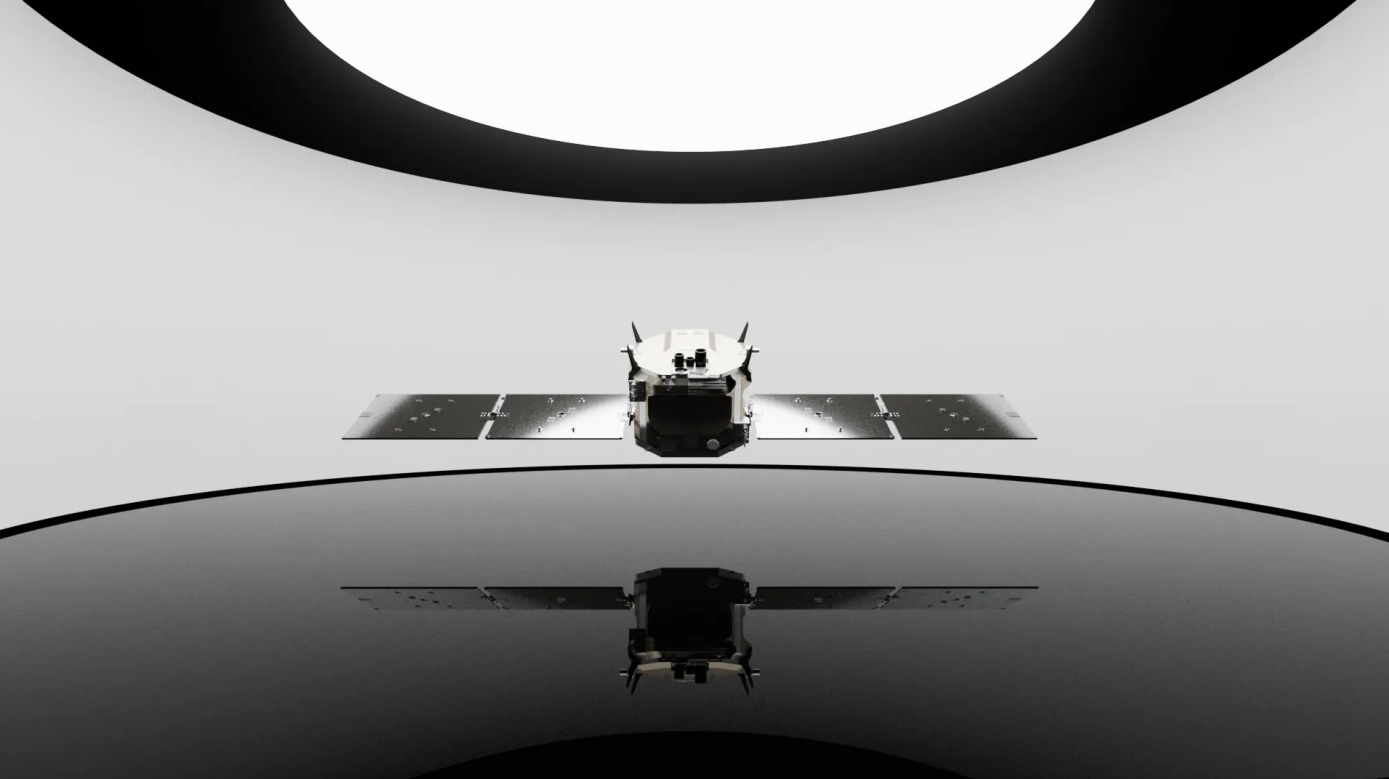True Anomaly’s CEO discovers the silver lining in the startup’s unconventional maiden mission

True Anomaly’s inaugural mission didn’t proceed as planned, but CEO Evan Rogers sees it as an opportunity for growth rather than a failure. Offering insights into the events, Rogers discussed how the company is leveraging this experience to pivot towards success.
The mission involved deploying two satellites, known as Jackals, as part of SpaceX’s Transporter-10 rideshare mission on March 4. These satellites were designed to perform close maneuvers to capture high-resolution imagery and video using optical and radar sensors, marking the first demonstration of such capabilities in orbit.
Despite the successful deployment from the rocket, the team encountered issues shortly after. While they expected to establish communication within three hours, they received no signal from one spacecraft and had only partial success with the other. Although initial telemetry from Jackal 1 appeared positive, the team faced difficulties with data uplink, and subsequent attempts to establish contact failed.

While these challenges were indicative of larger issues, Rogers emphasizes that the mission shouldn’t be labeled a failure. True Anomaly’s approach, dubbed “Mission X,” prioritizes rapid deployment and learning from experiences. Rogers likened it to SpaceX’s philosophy, where setbacks are seen as opportunities for growth rather than defeats.
In essence, True Anomaly views this anomaly as a valuable learning experience, positioning the company to iterate and improve upon its technology for future missions.













